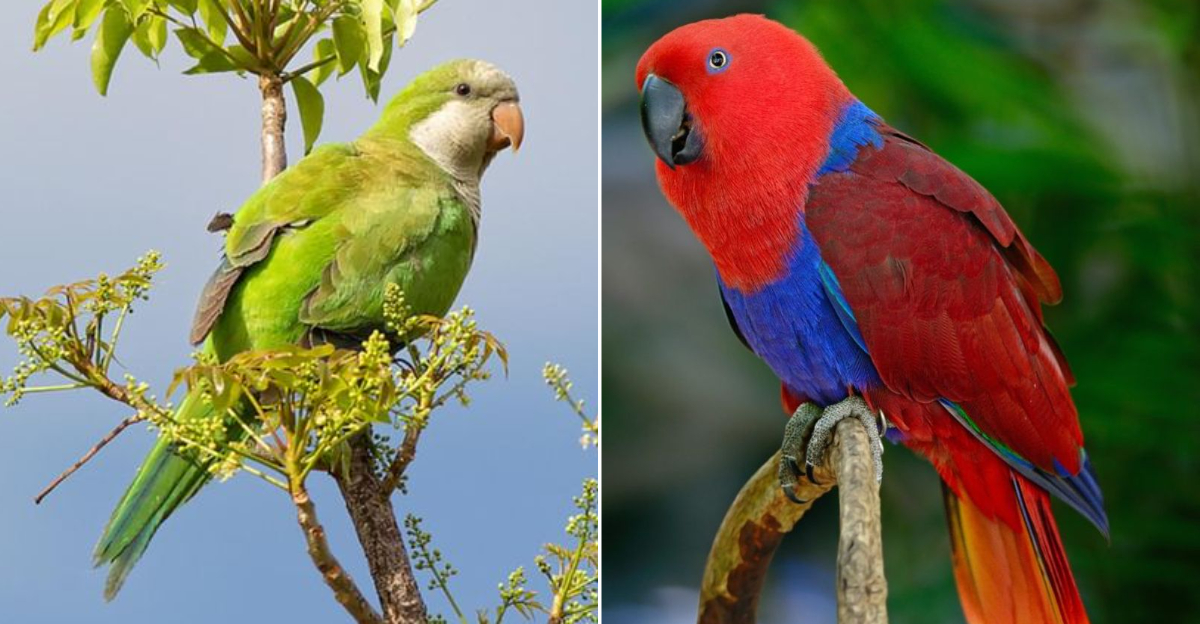New Orleans isn’t just a feast for music lovers — it’s a nonstop jam session for parrots, too!
These colorful chatterboxes have made themselves right at home in the Big Easy, building lively colonies and grooving to the city’s nonstop soundtrack.
With jazz drifting through every street and brass bands around every corner, something magical has happened: parrots are picking up the rhythms, mimicking melodies, and even developing vocabularies that sound straight out of the French Quarter.
1. Monk Parakeet
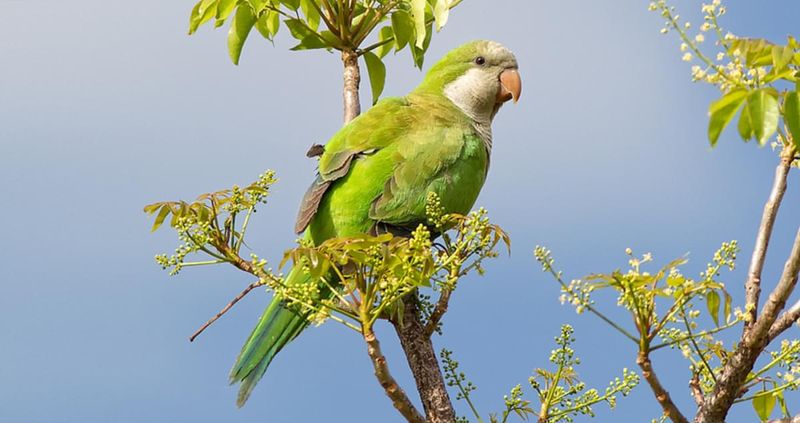
These bright green chatterboxes organize massive rooftop gatherings that locals call ‘second line squawks.’ Monk Parakeets build enormous communal nests atop telephone poles, creating bird-sized jazz clubs where they practice mimicking trumpet solos heard from street performers below.
My apartment sits near a colony, and I’ve heard them accurately mimic phrases like ‘Hot tamale, baby!’ from a nearby food vendor. Their vocabulary expands most during festival season when constant music exposure gives them new material.
Scientists have documented these parakeets incorporating distinctive New Orleans quarter-note patterns into their calls—something not observed in populations elsewhere.
2. Red-masked Parakeet
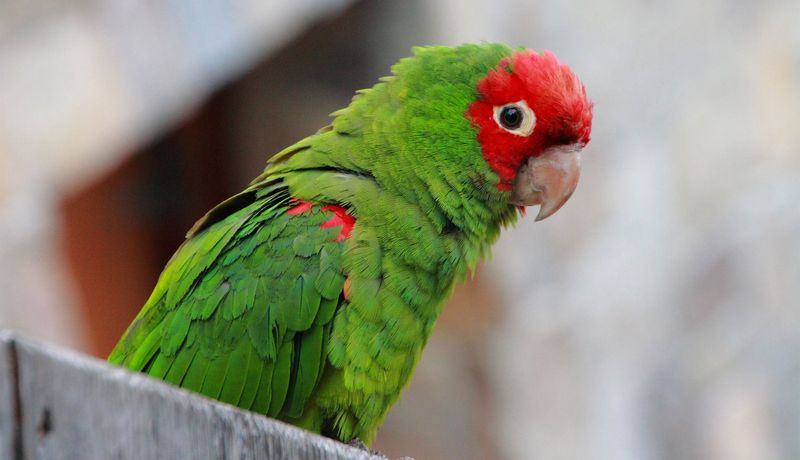
These parakeets, sporting crimson face masks reminiscent of Mardi Gras revelers, command the soundscape around Treme. Their calls weave seamlessly into nearby saxophone riffs, creating what feels like spontaneous jazz duets between birds and buskers.
Red-masked Parakeets have a strong tendency to nest near music venues. Audio recordings reveal their morning chatter often echoes fragments of the previous night’s performances — a feathered reflection of the city’s musical soul.
Locals say the birds even develop distinct “dialects” depending on the jazz clubs they frequent. Those living near traditional venues use noticeably different tones and rhythms than their counterparts near more modern stages.
3. Yellow-headed Amazon
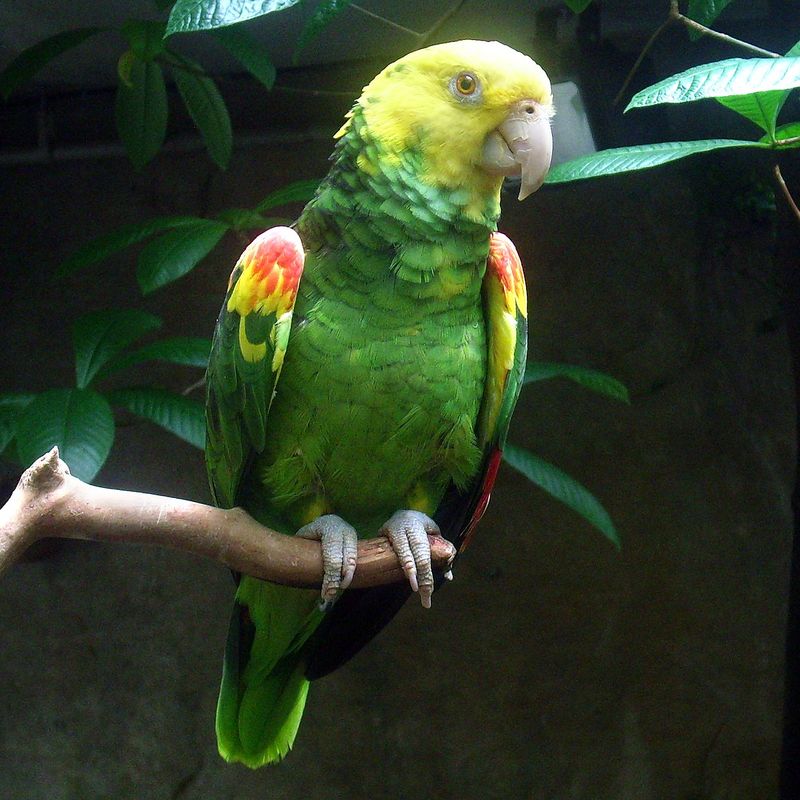
Strutting around Jackson Square with the swagger of a street performer, Yellow-headed Amazons boast the most extensive jazz vocabulary in the avian world. These impressive birds have been recorded mimicking entire ragtime piano riffs with startling precision.
Local legend speaks of “Satchmo,” a particularly gifted Yellow-headed Amazon who lingers near Preservation Hall, flawlessly echoing the venue’s signature clarinet solos. Tourists often do a double take when these clever parrots swoop down to collect tips — a behavior seemingly picked up from watching human performers.
Their population has grown by 30% since 2010, with researchers crediting their success to an extraordinary ability to weave music into their mating calls.
4. African Grey Parrot
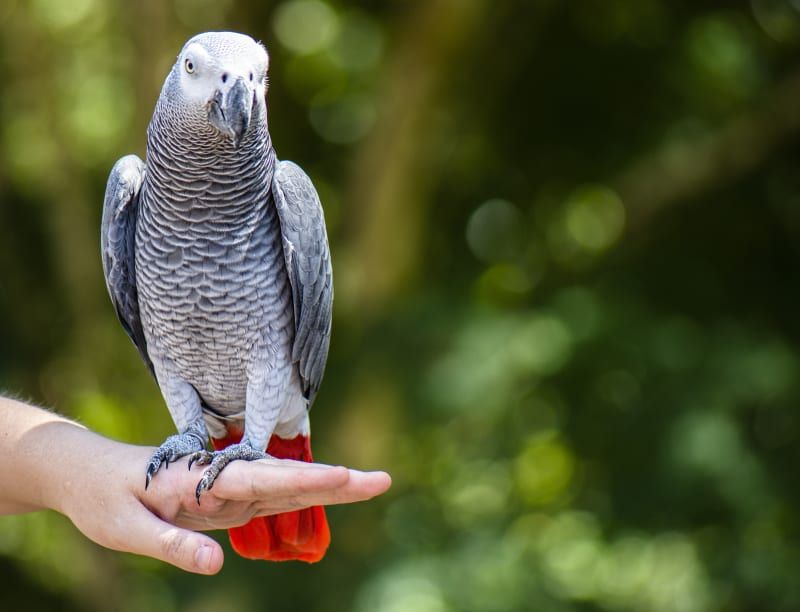
Renowned worldwide for vocal intelligence, African Greys found in New Orleans develop vocabularies exceeding 200 words—significantly more than their counterparts elsewhere. These sophisticated birds frequent the Garden District, where they absorb the genteel patterns of traditional New Orleans jazz.
I once watched an African Grey named Ella (after Fitzgerald) perfectly mimic a trumpet player’s scat singing, complete with vibrato. These birds demonstrate remarkable rhythm sensitivity, often bobbing and dancing in perfect time with street performances.
Research from Tulane University suggests the constant musical exposure creates more complex neural pathways in these parrots’ brains, potentially increasing their already impressive cognitive abilities beyond what’s typically seen in captive specimens.
5. Blue-fronted Amazon
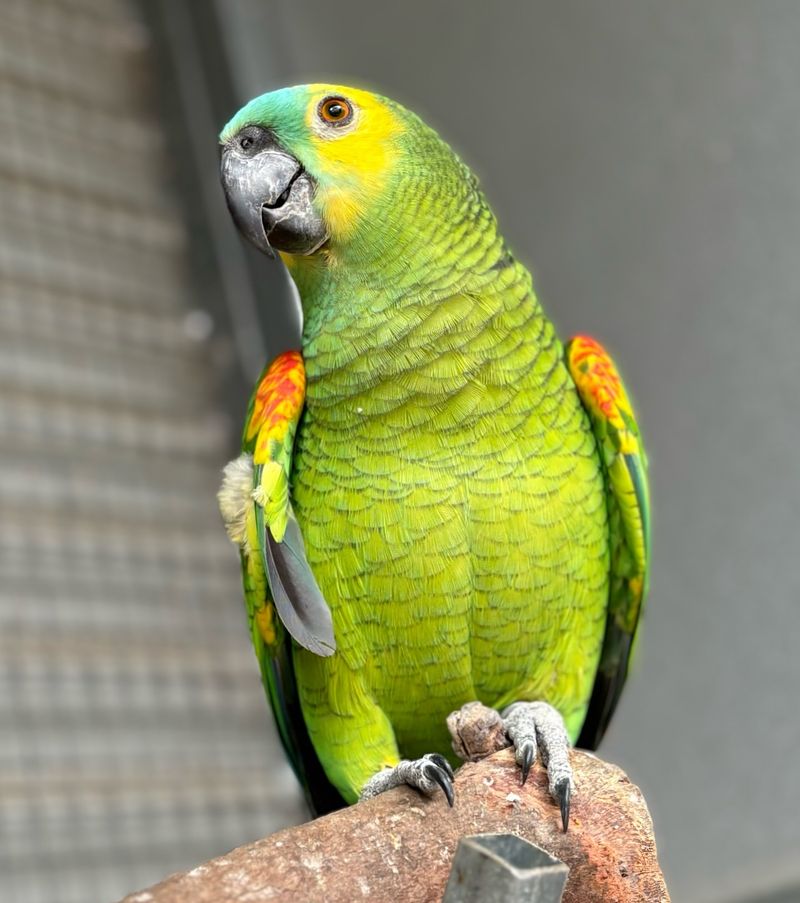
Blue-fronted Amazons rule the Marigny neighborhood, where late-night jazz spills from clubs until dawn. These nocturnal conversationalists have adjusted their natural schedules to coincide with the neighborhood’s vibrant nightlife, often beginning their ‘performances’ as human musicians pack up.
Local bartenders swear these birds can recognize specific songs, becoming particularly vocal when classics like ‘When The Saints Go Marching In’ play. Their distinctive azure facial markings flash brilliantly under street lights as they dance along tree branches.
Ornithologists have documented these Amazons incorporating saxophone-like wails into their mating calls—a phenomenon unique to the New Orleans population and directly tied to their immersion in the city’s musical environment.
6. Double Yellow-headed Amazon
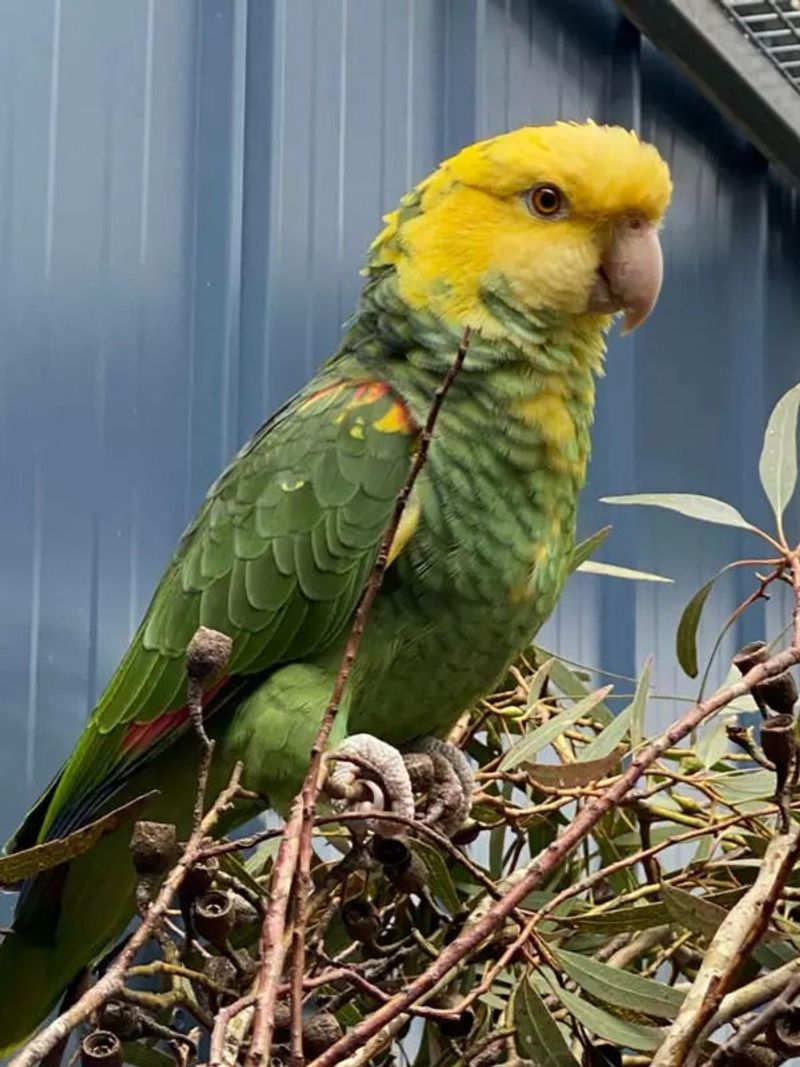
Crowned with vibrant yellow plumage, these show-stopping Amazons gather along Frenchmen Street, creating impromptu avian jam sessions above bustling jazz clubs. Their uncanny ability to mimic brass instruments makes them favorites among street performers, who sometimes incorporate the birds’ calls into their own performances.
Double Yellow-heads demonstrate remarkable musical memory, recalling and reproducing complex melodic phrases months after hearing them. Small flocks establish territories based on musical genre preferences—some favoring traditional jazz corners while others congregate near more contemporary fusion venues.
A 2019 study recorded these parrots using different ‘dialects’ depending on which part of the musical district they inhabited, suggesting they absorb and reproduce the specific sonic characteristics of their chosen neighborhood.
7. Eclectus Parrot

The sexually dimorphic Eclectus—with emerald males and ruby females—create strikingly colorful colonies throughout the artistic Bywater neighborhood. These parrots demonstrate uncanny timing, often joining street performances during instrumental breaks as if taking their turn in a jam session.
Last summer during a neighborhood festival, I watched a male Eclectus perfectly echo a saxophone solo, causing the human musician to stop in amazement. Unlike other parrots that simply mimic, Eclectus pairs create harmonized duets incorporating fragments of jazz standards they’ve heard.
Their distinctive contribution to New Orleans’ soundscape has earned them protected status from city officials who recognize these birds as living cultural ambassadors, preserving and transforming the city’s musical traditions through their remarkable vocal abilities.
8. Yellow-naped Amazon
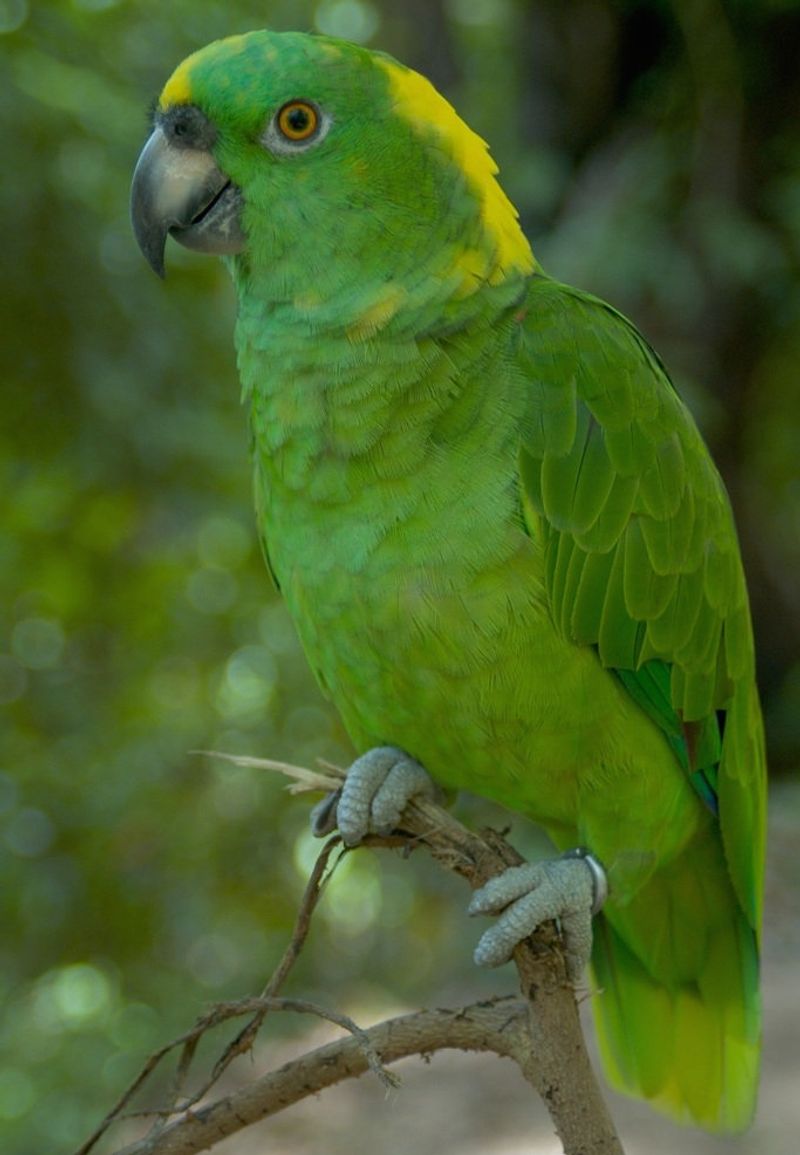
Distinguished by bright yellow neck feathers that flash like gold in the sunlight, Yellow-naped Amazons flock to historic Congo Square — the birthplace of jazz. These rhythm-obsessed parrots tap their feet and bob their heads in uncanny sync with the drumbeats that still echo across this sacred musical ground.
Yellow-naped Amazons exhibit the most intricate rhythmic mimicry, replicating not just sounds but the precise timing of traditional New Orleans drum patterns. Their colonies even organize into hierarchical “bands,” with some birds specializing in percussion-like calls while others focus on melodic phrasing.
Researchers have documented these parrots weaving traditional African rhythms from Congo Square into their natural calls — forming a living, breathing bridge between the city’s rich musical legacy and the wild, echoing voices of its feathered residents.
